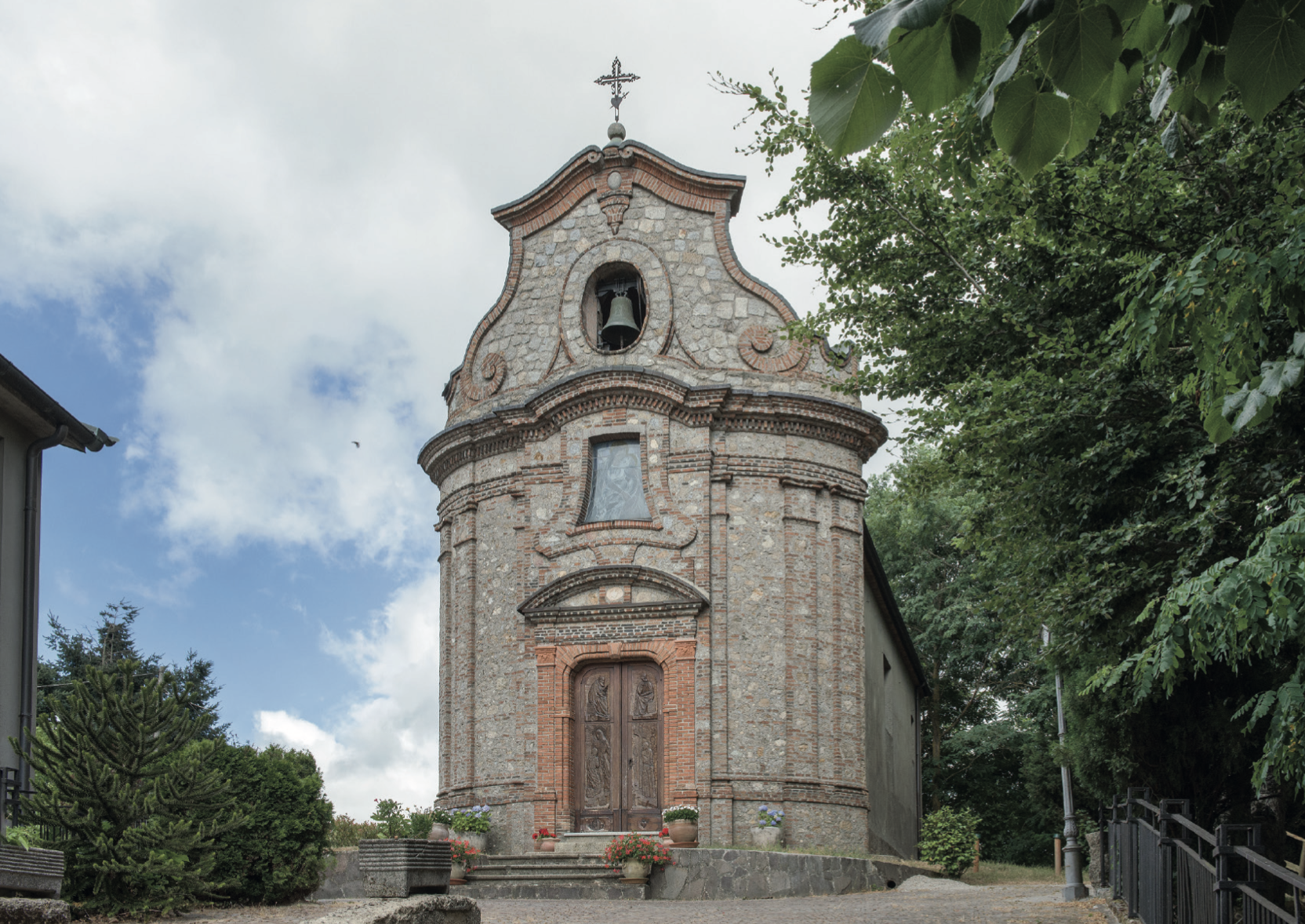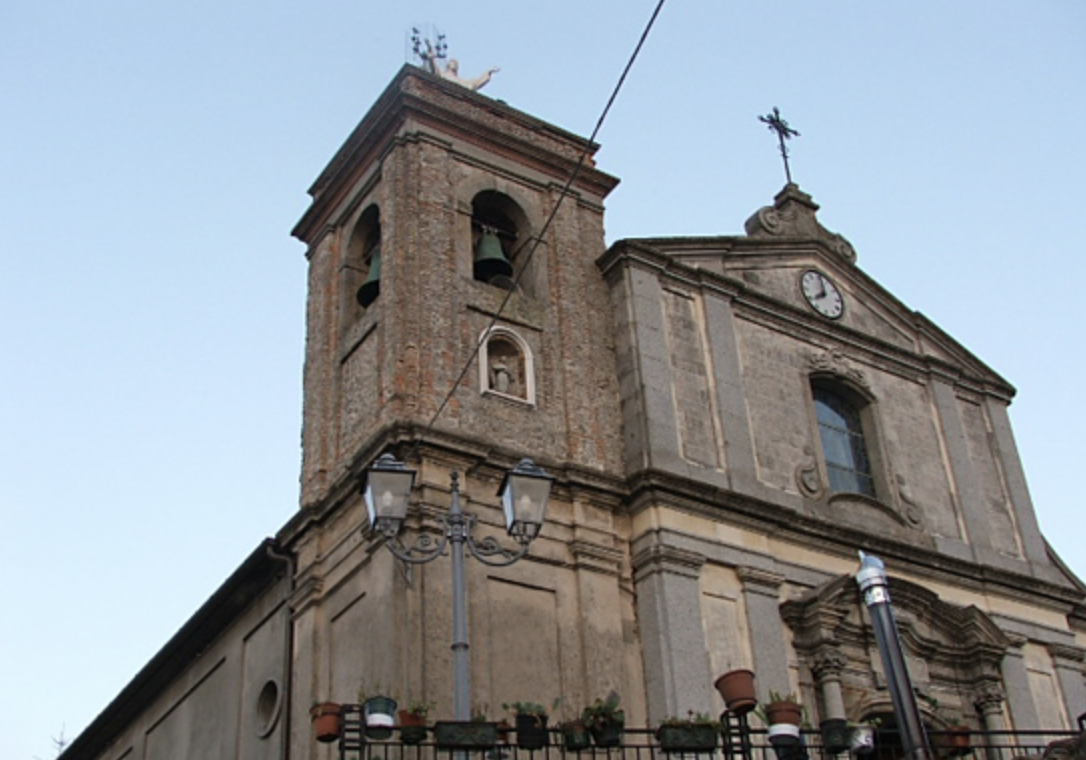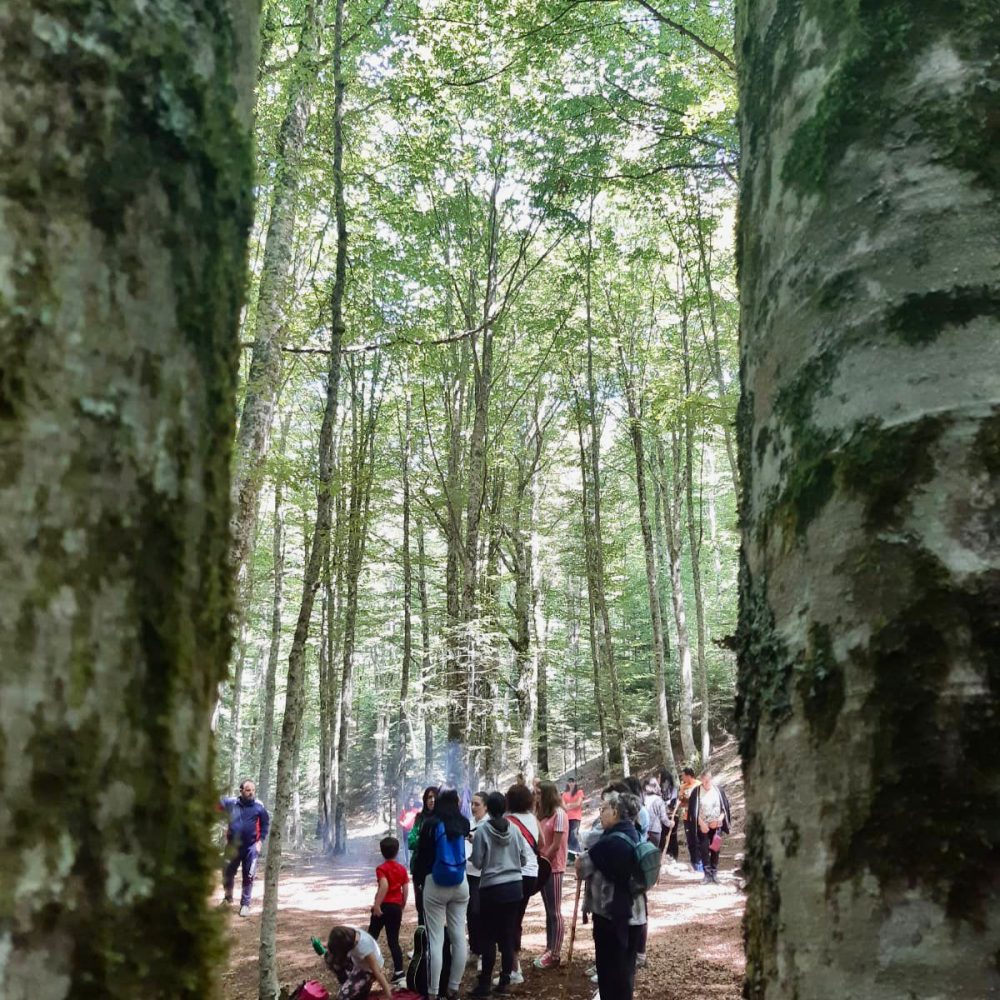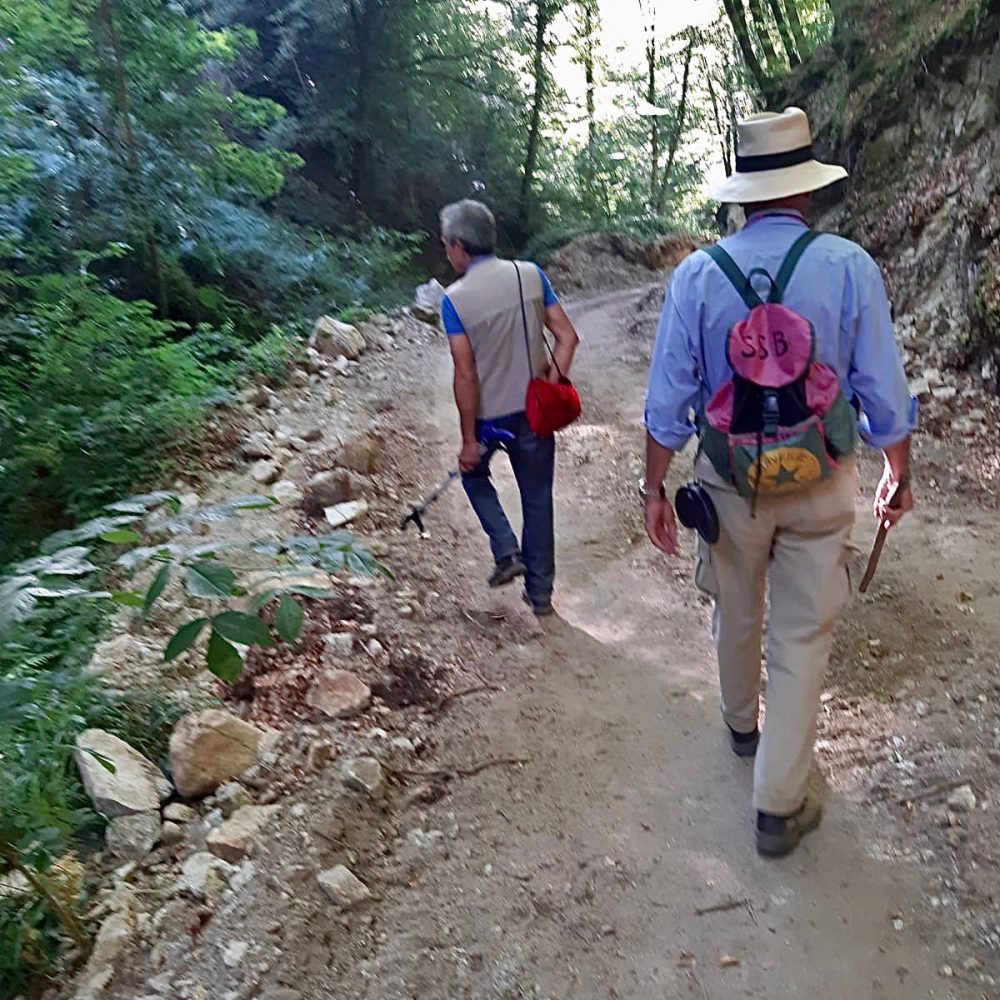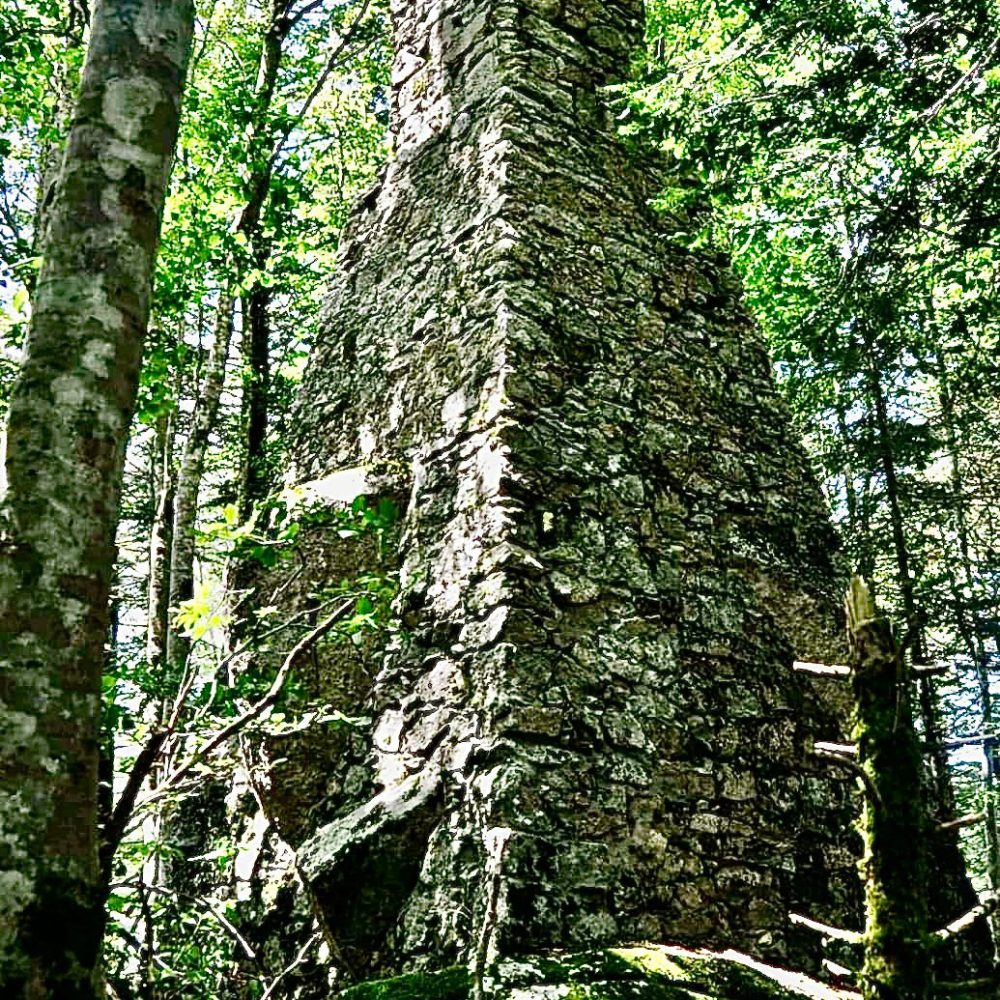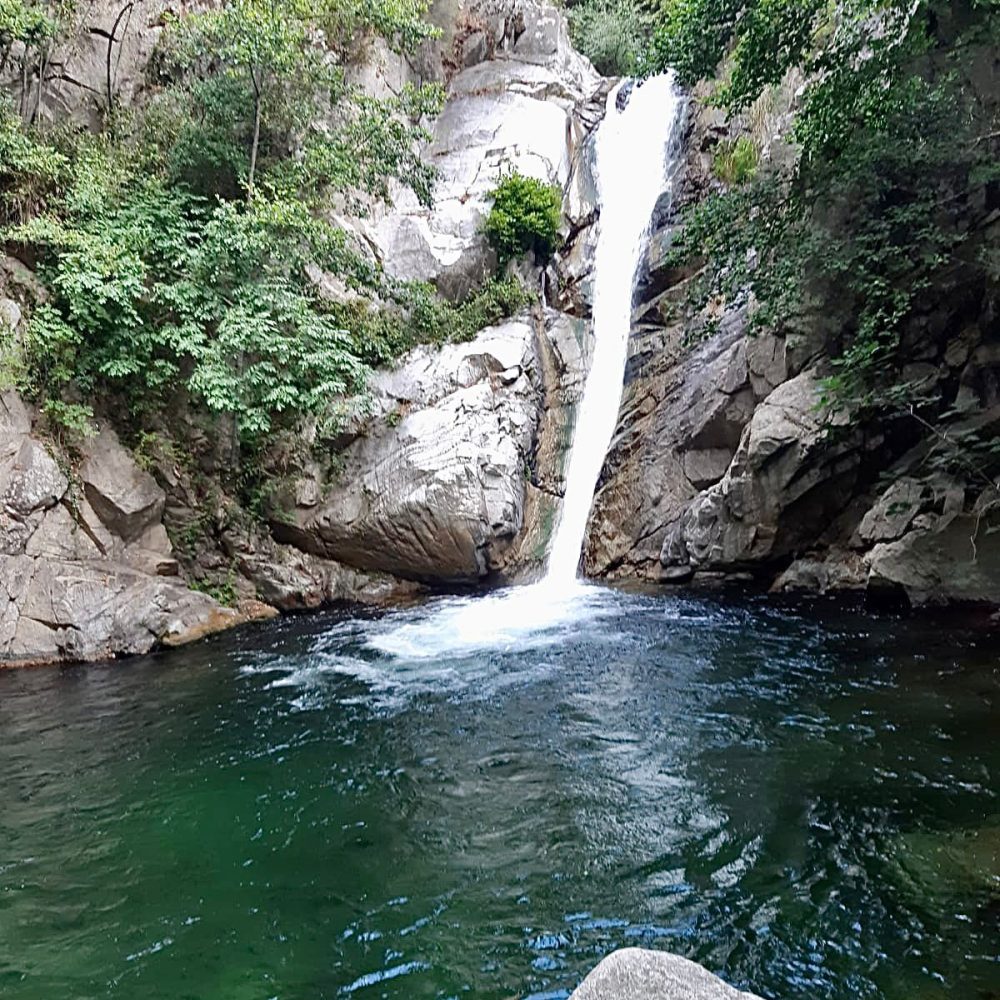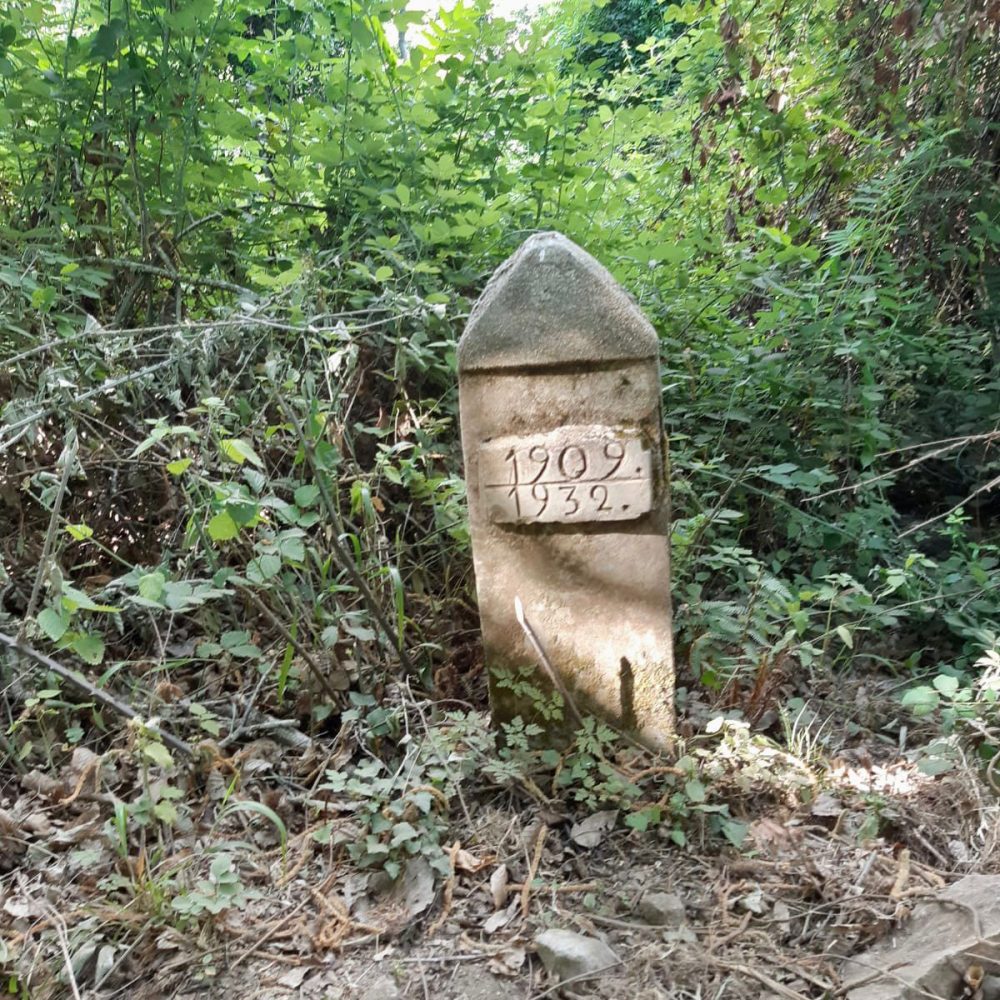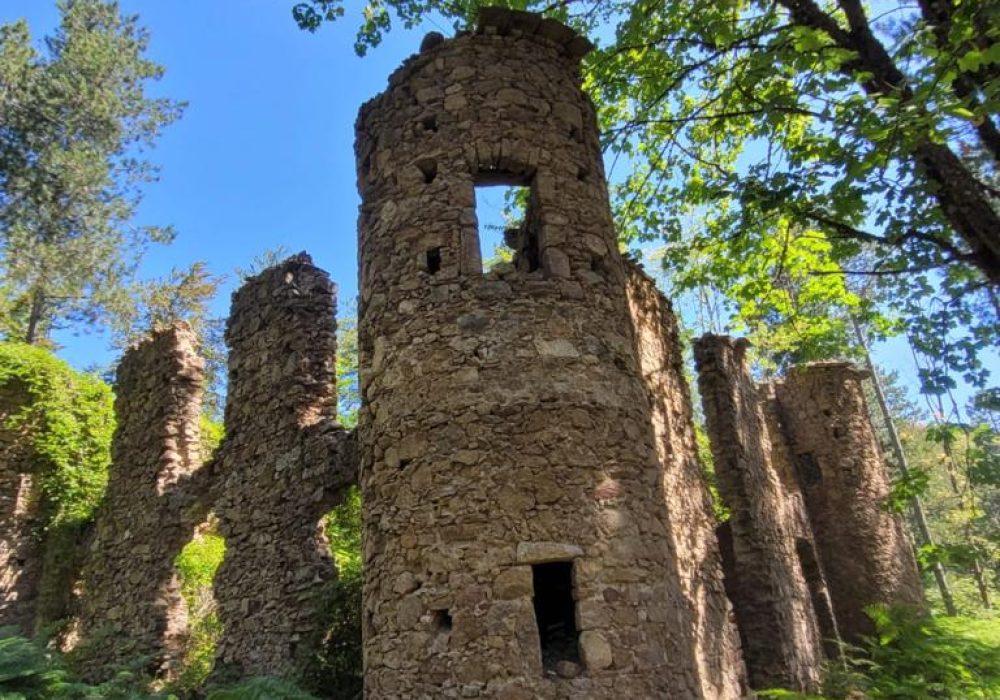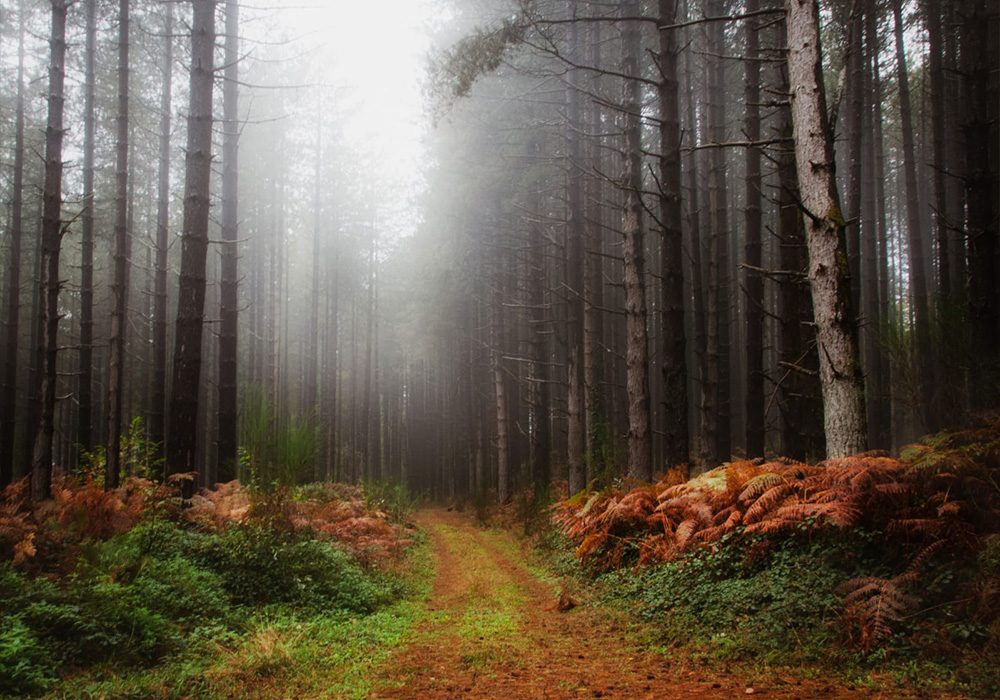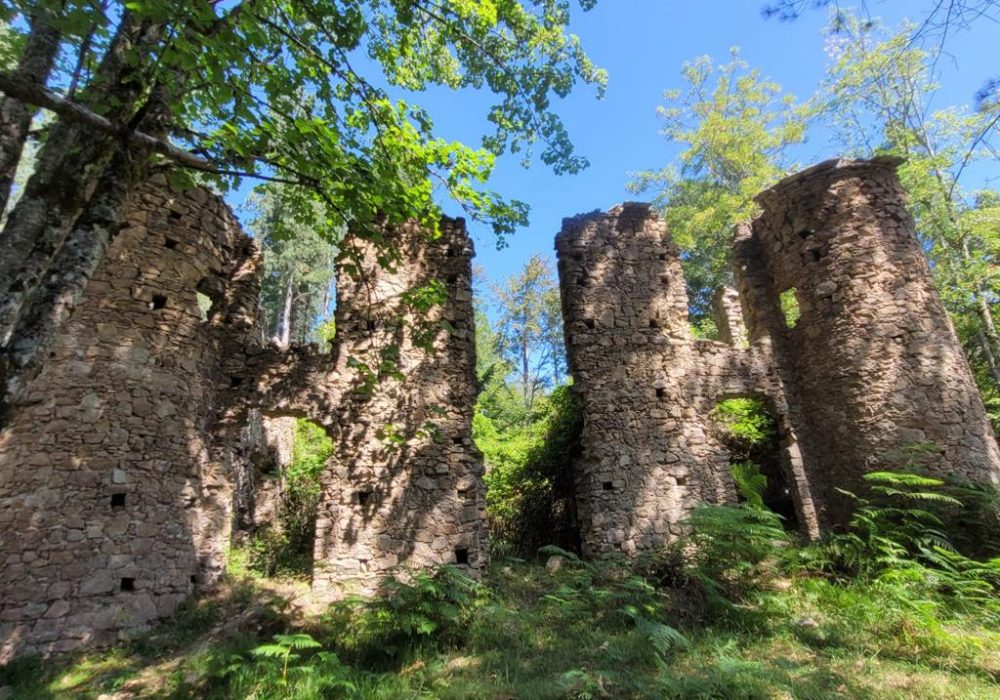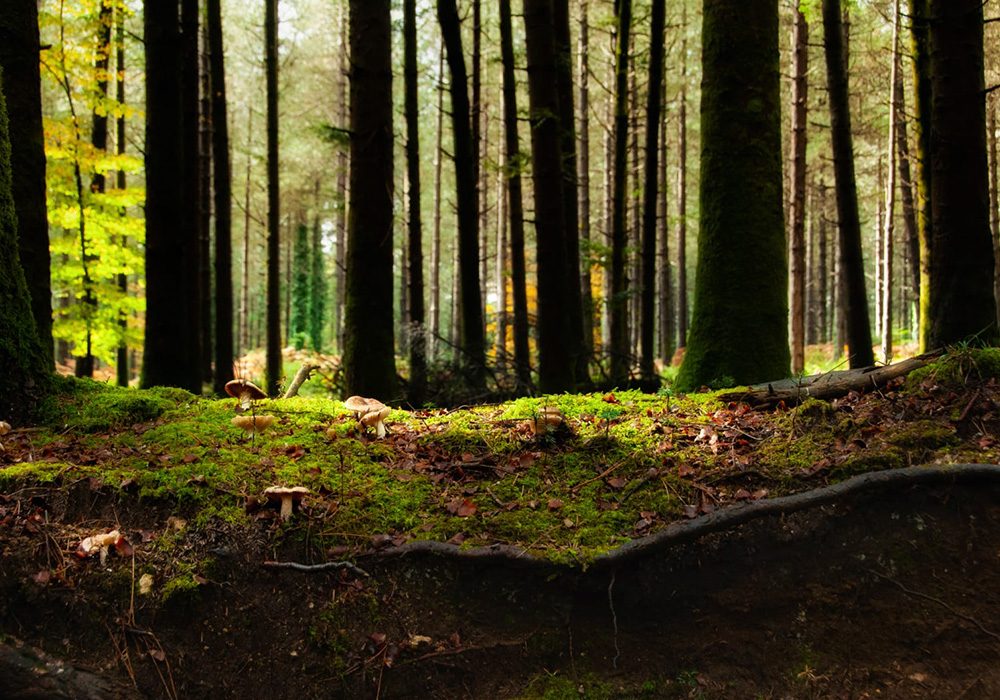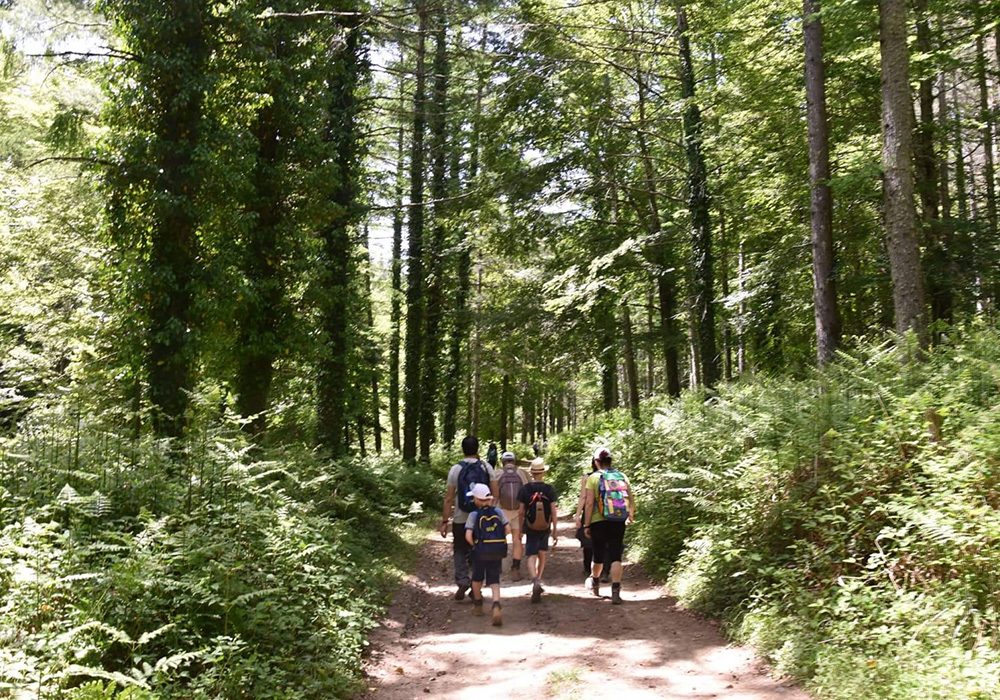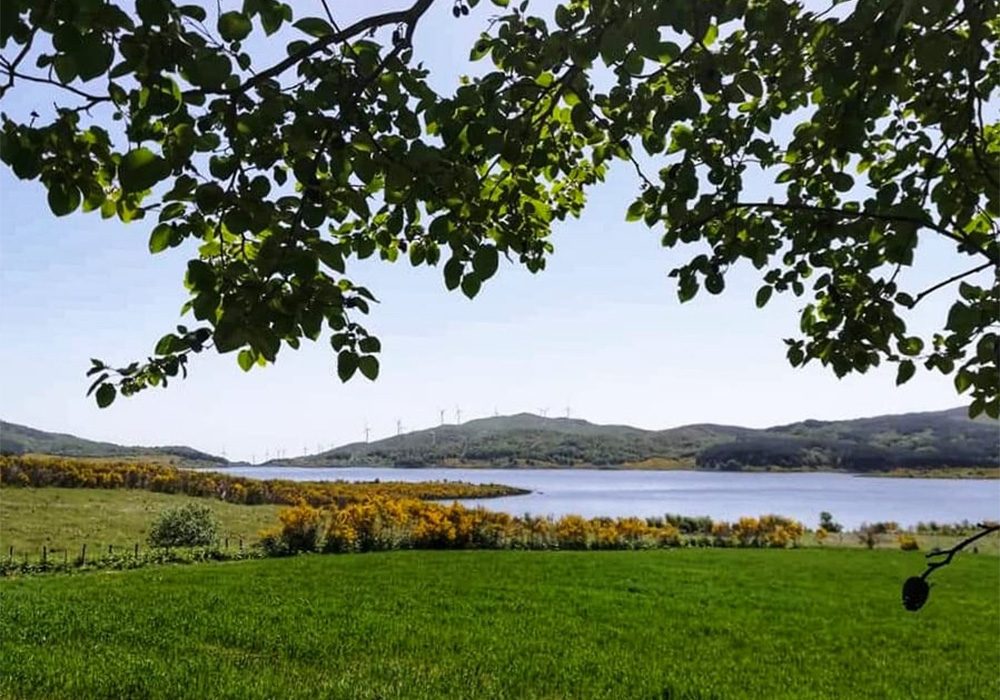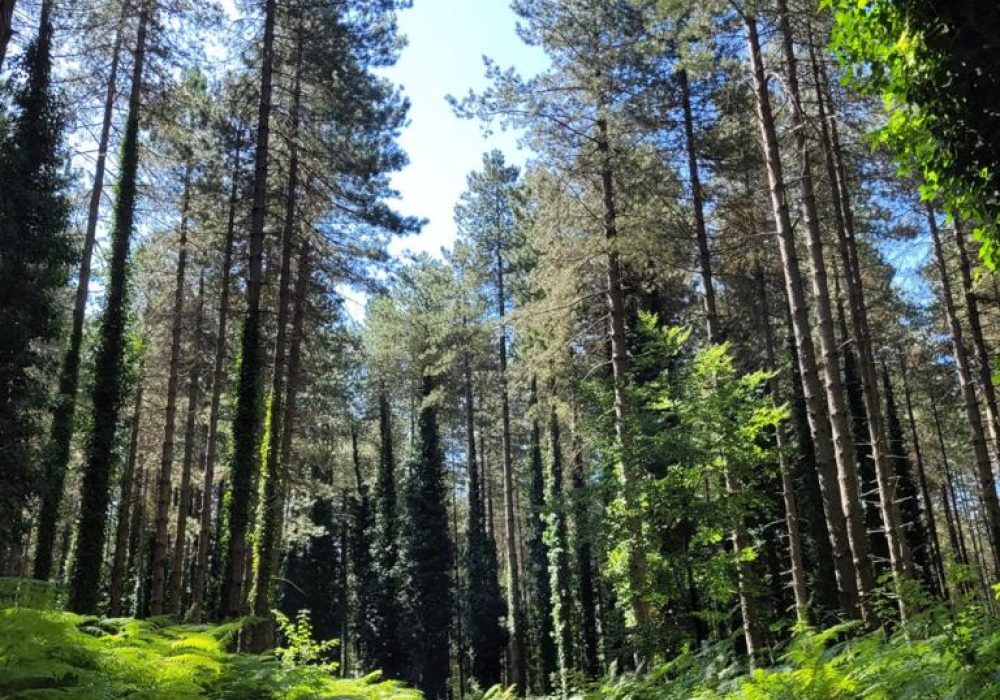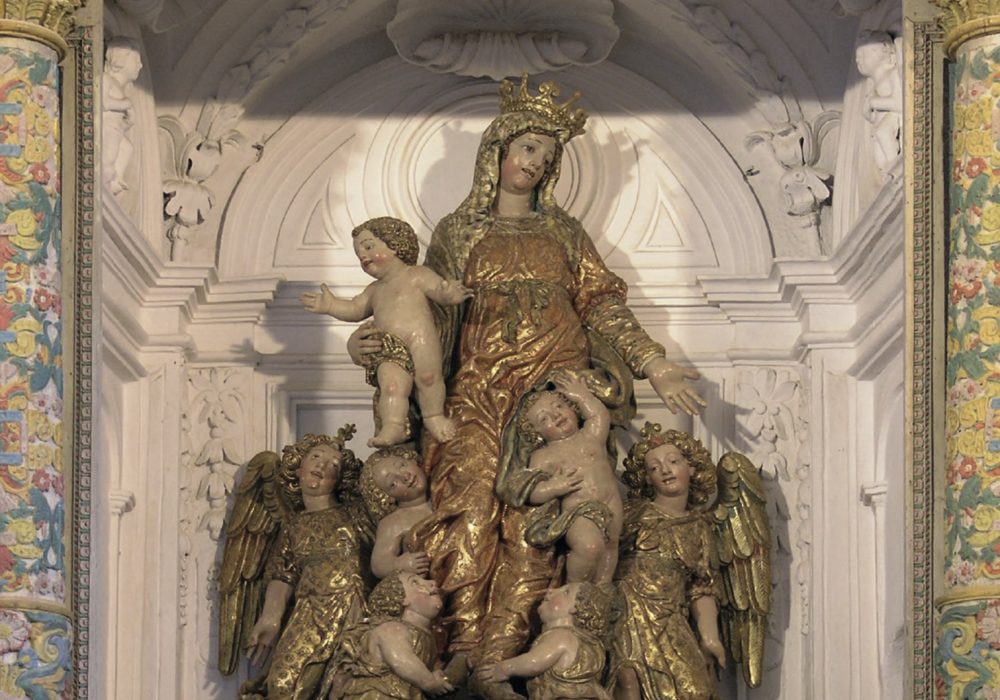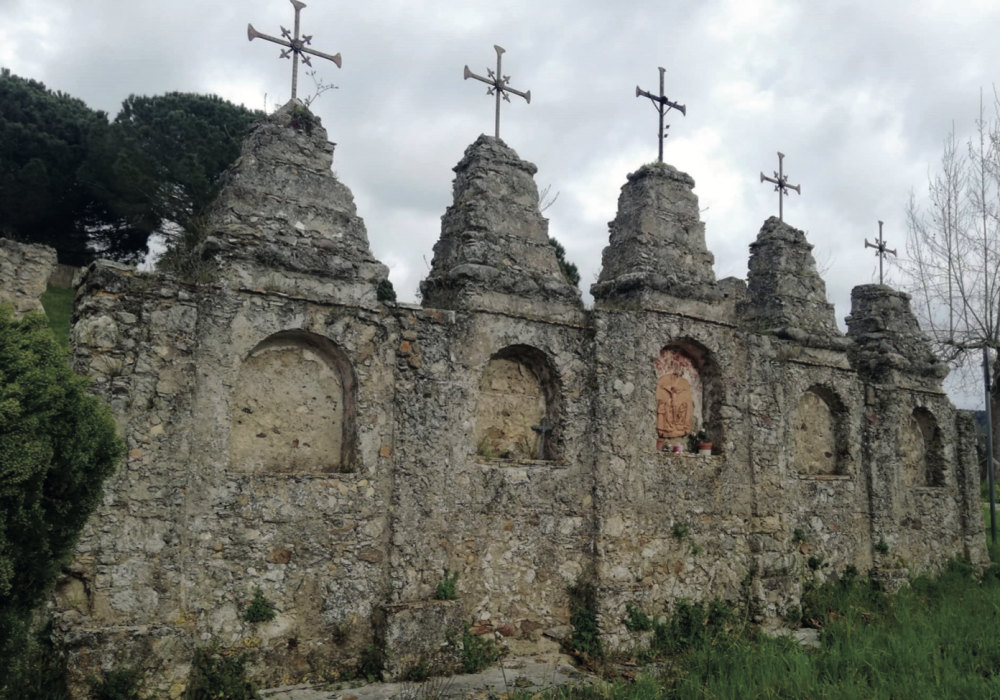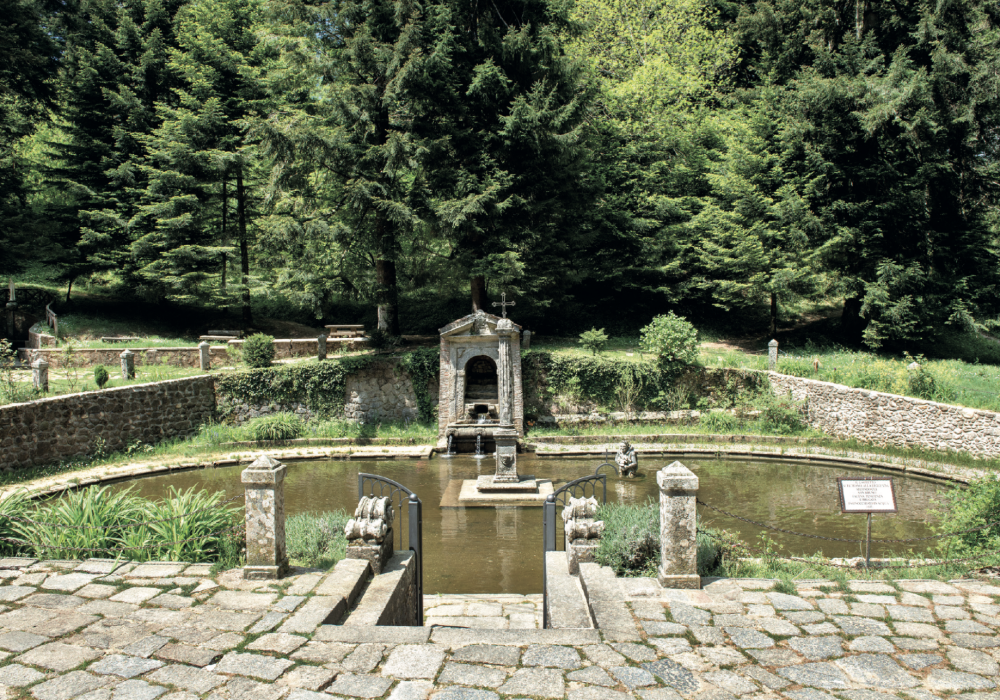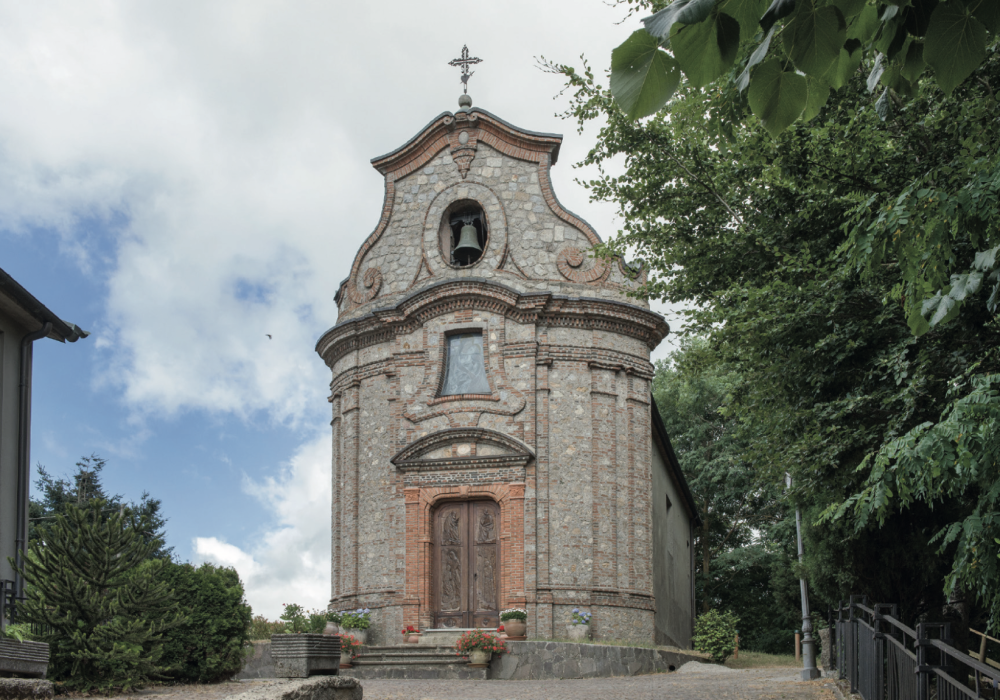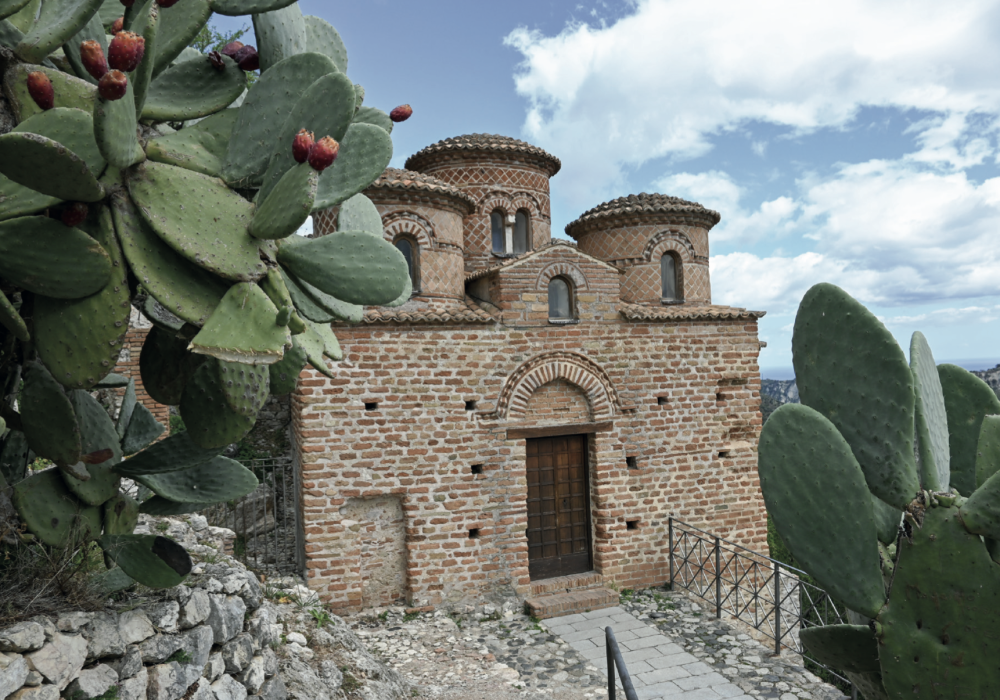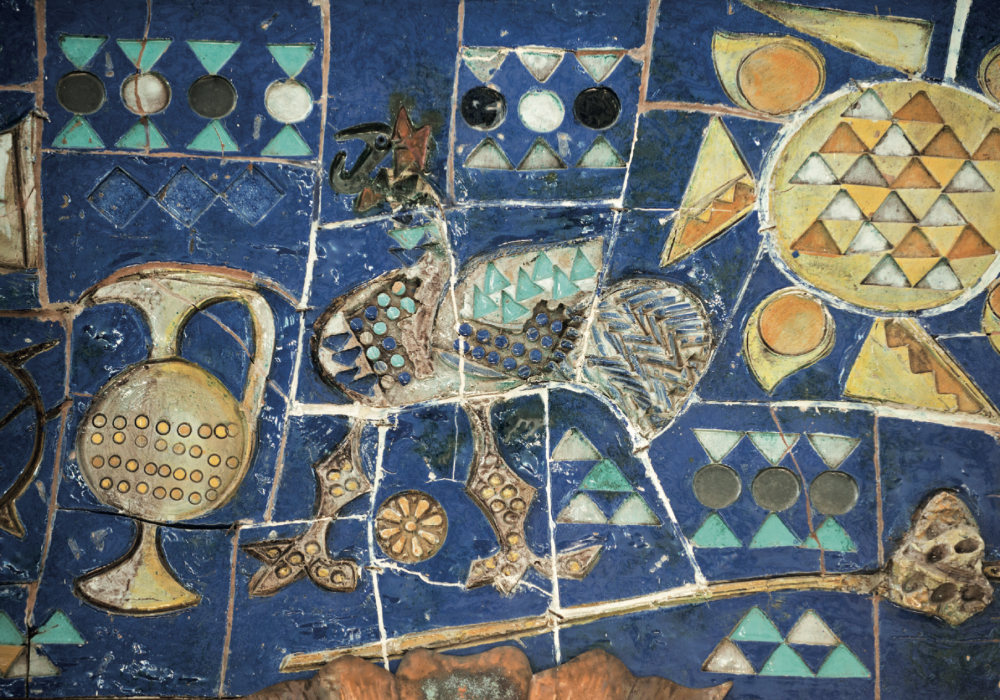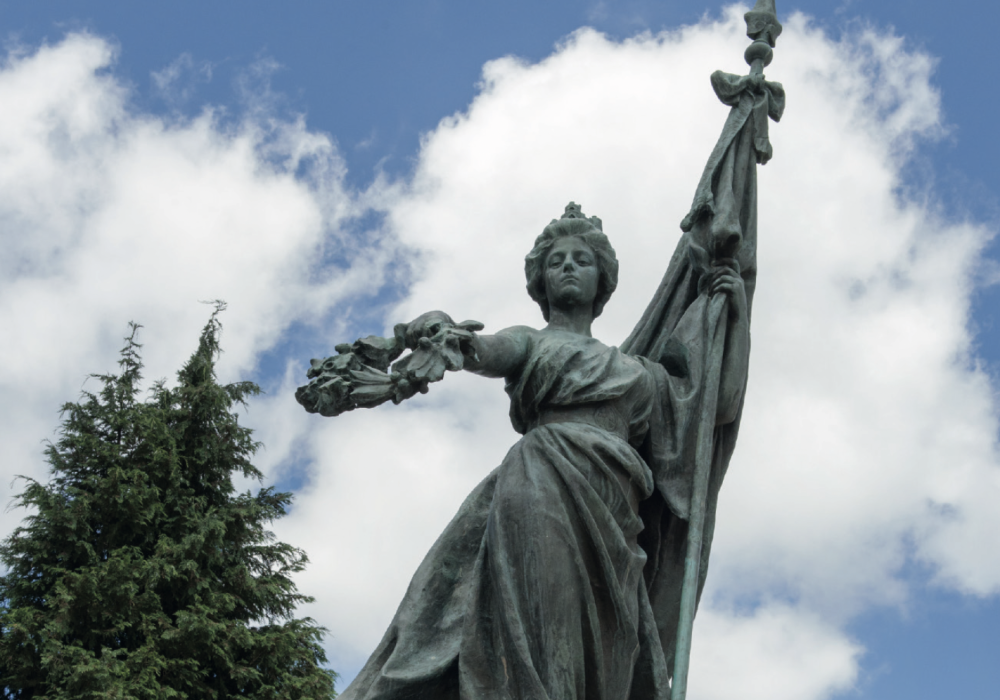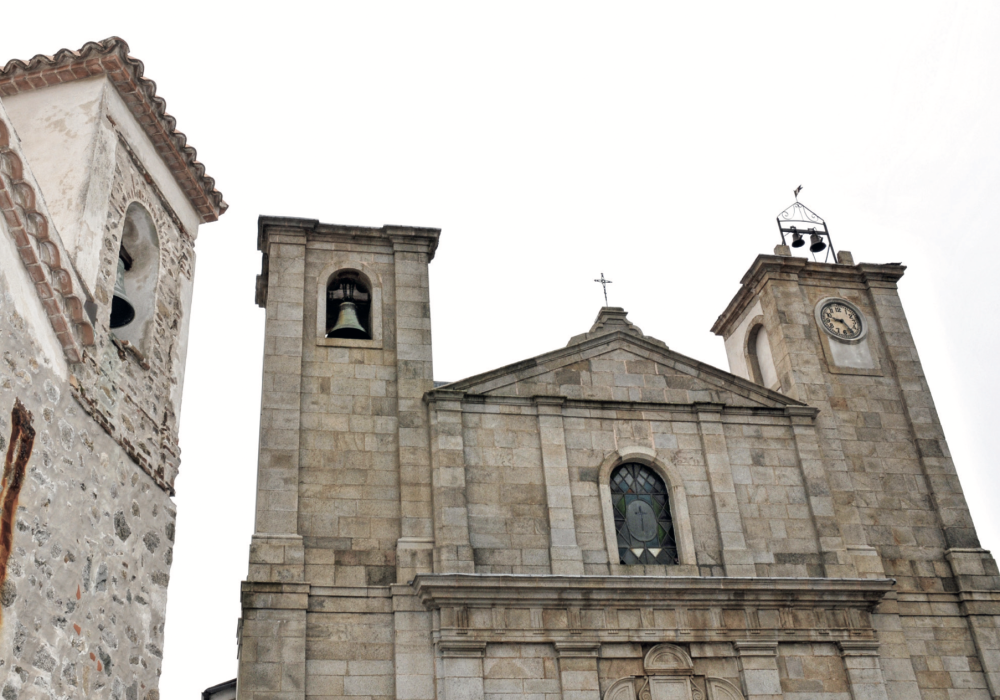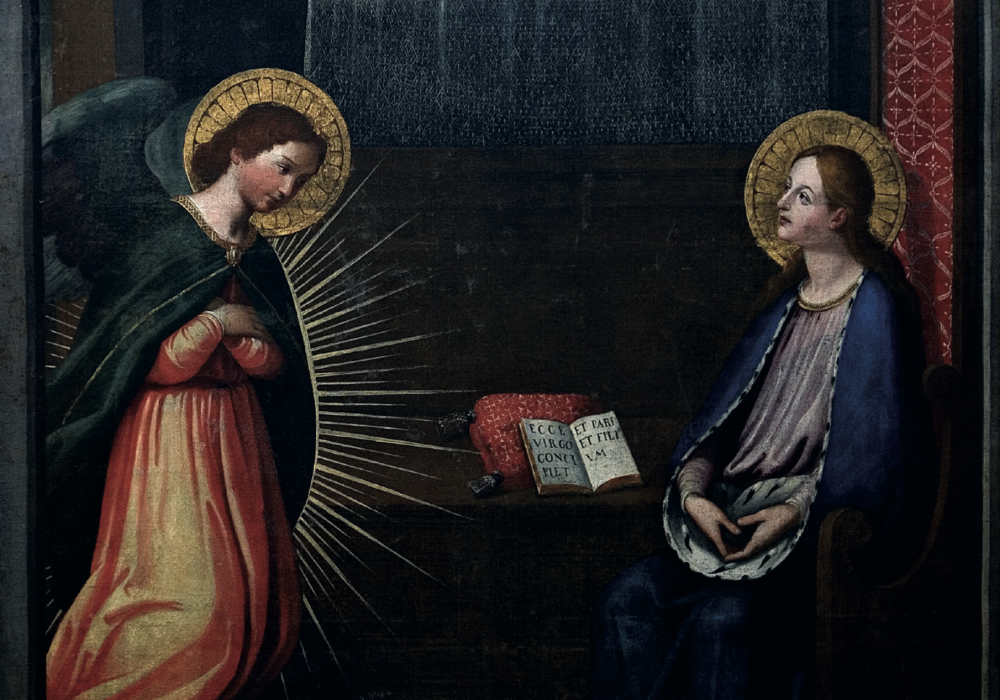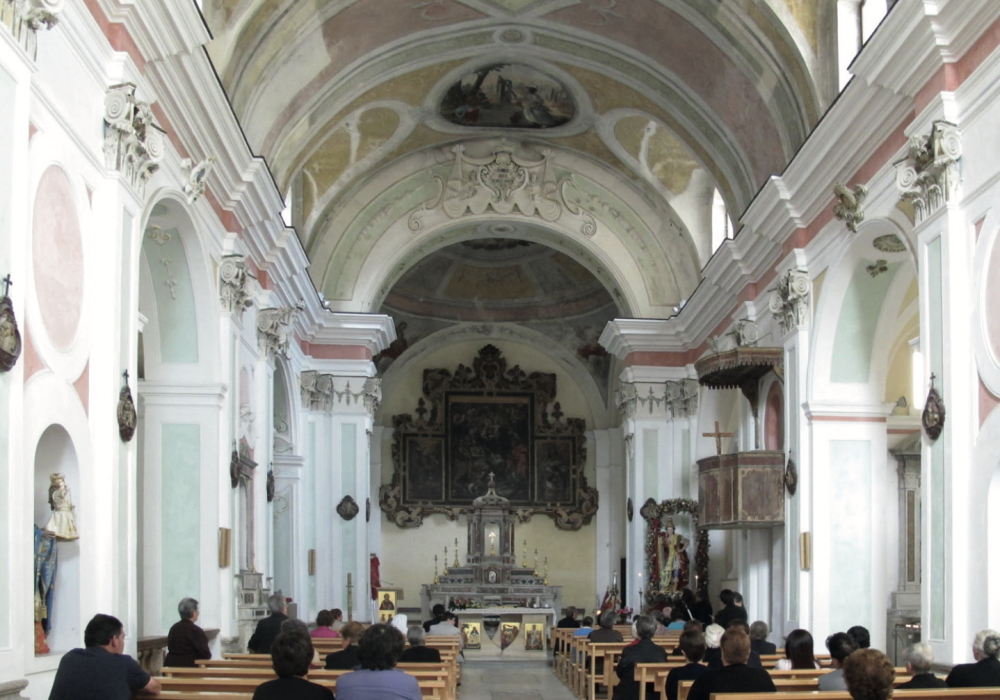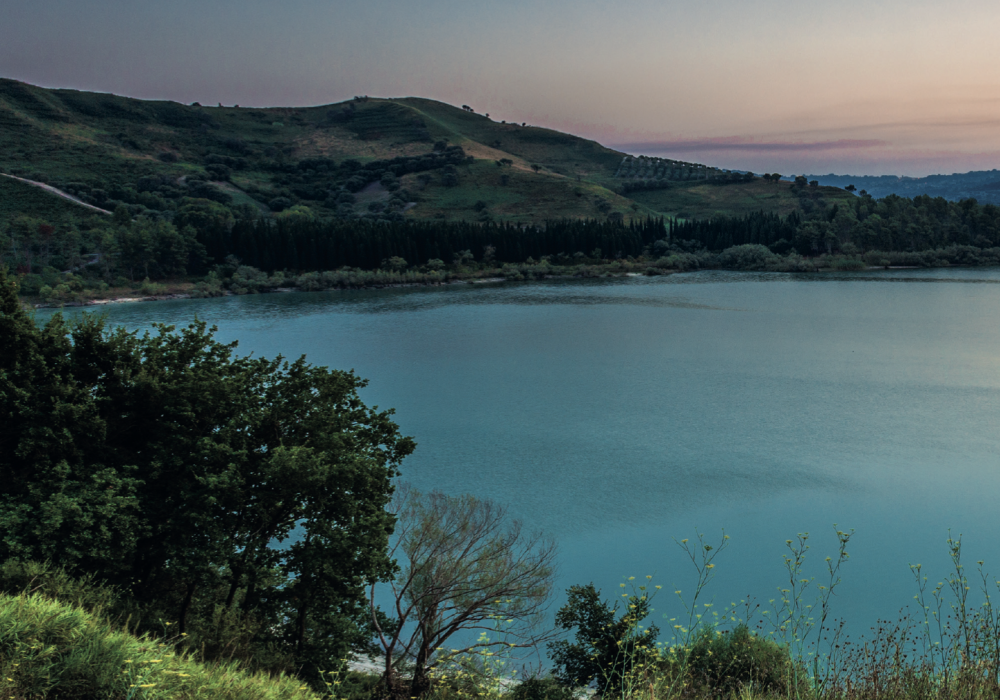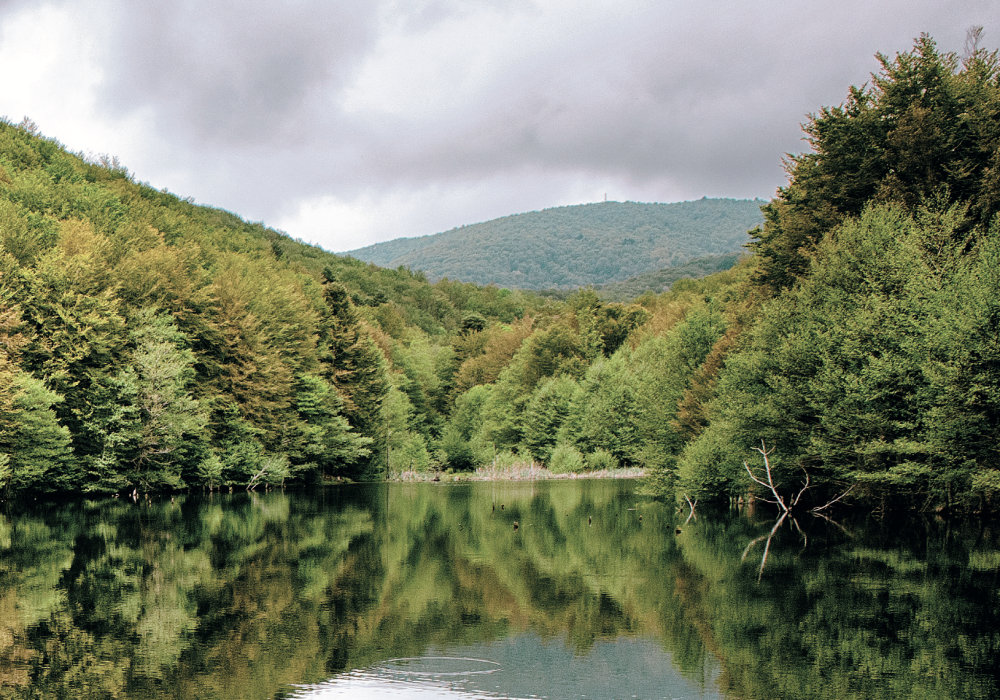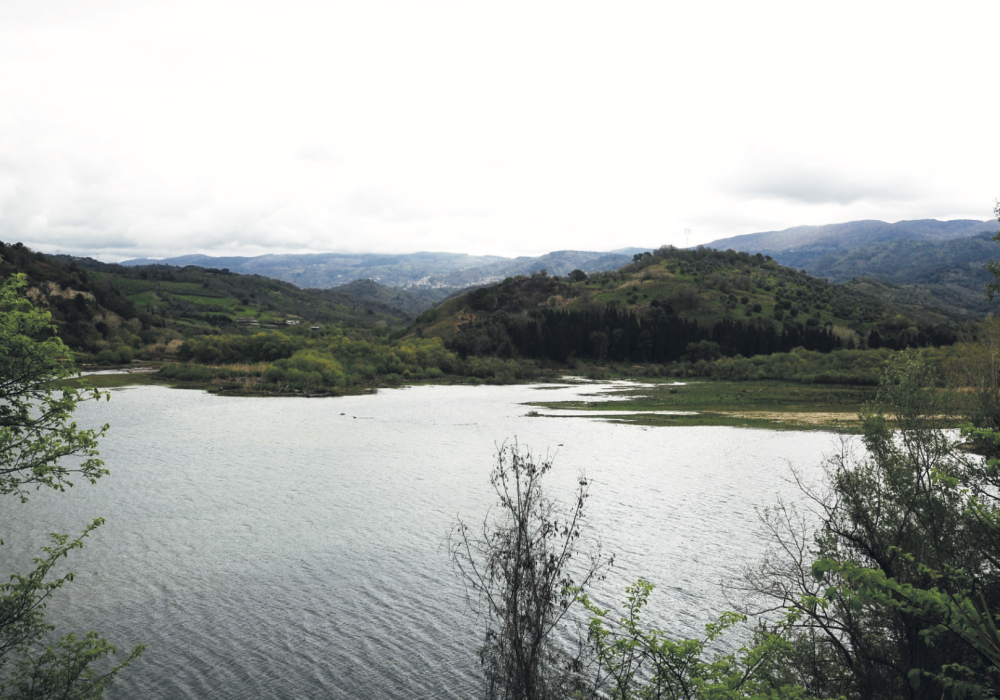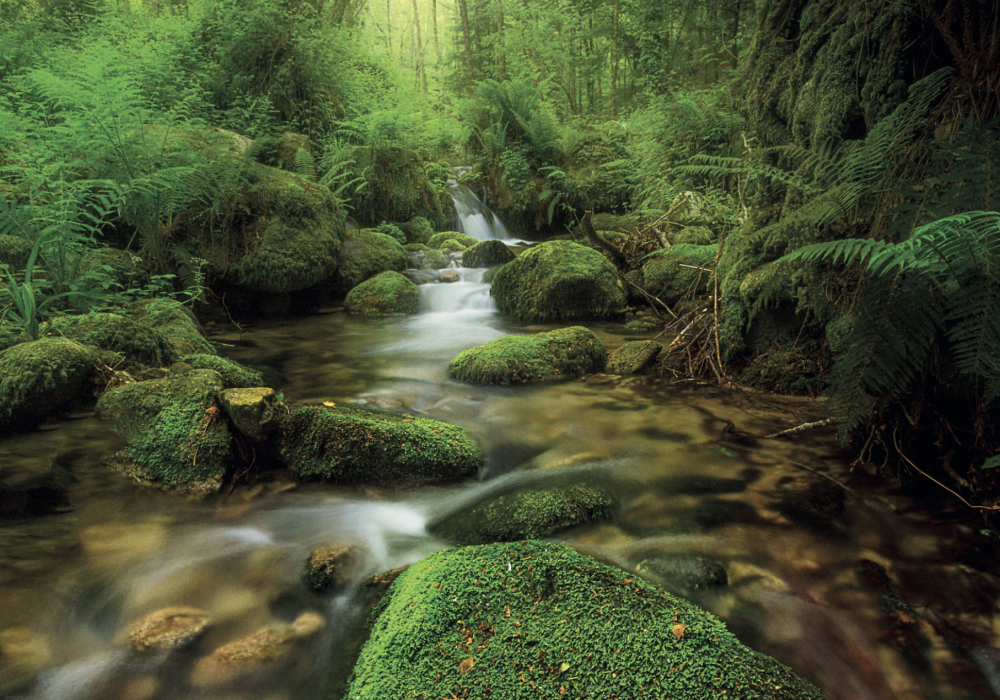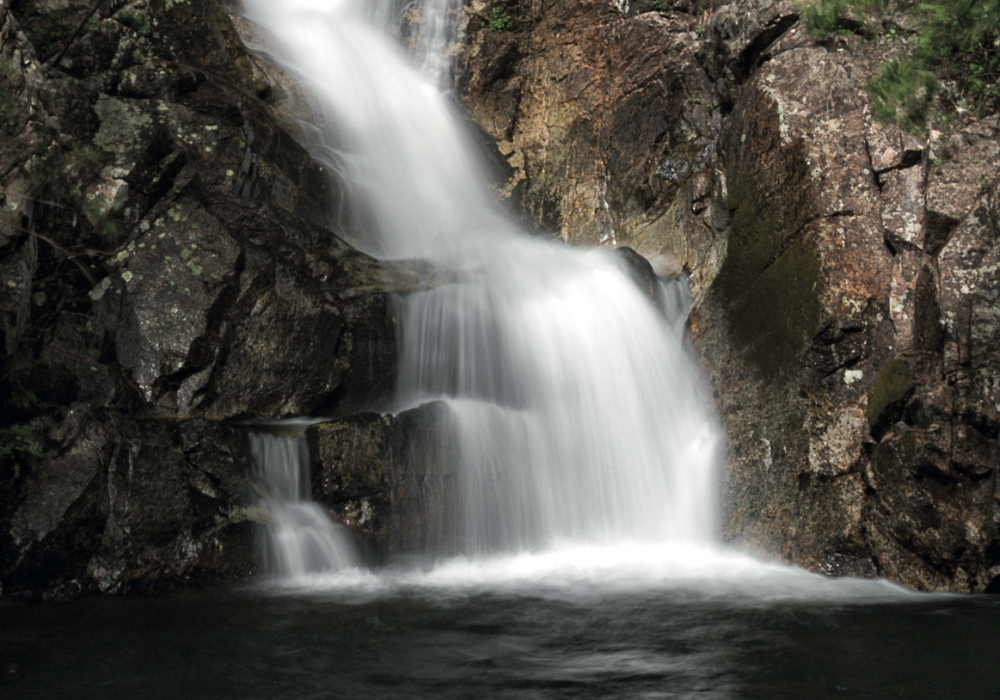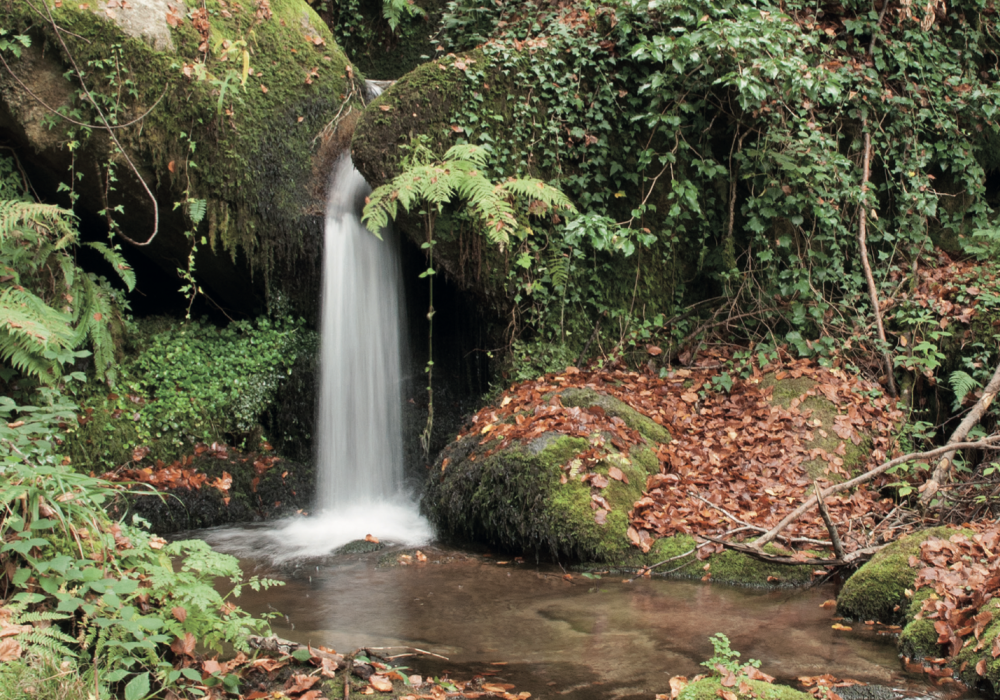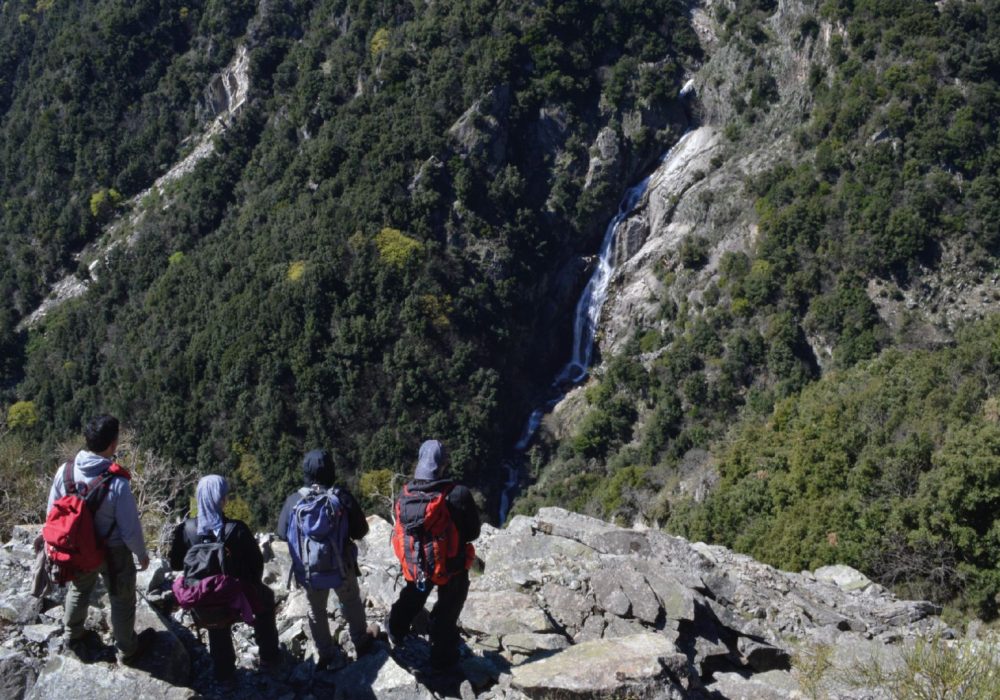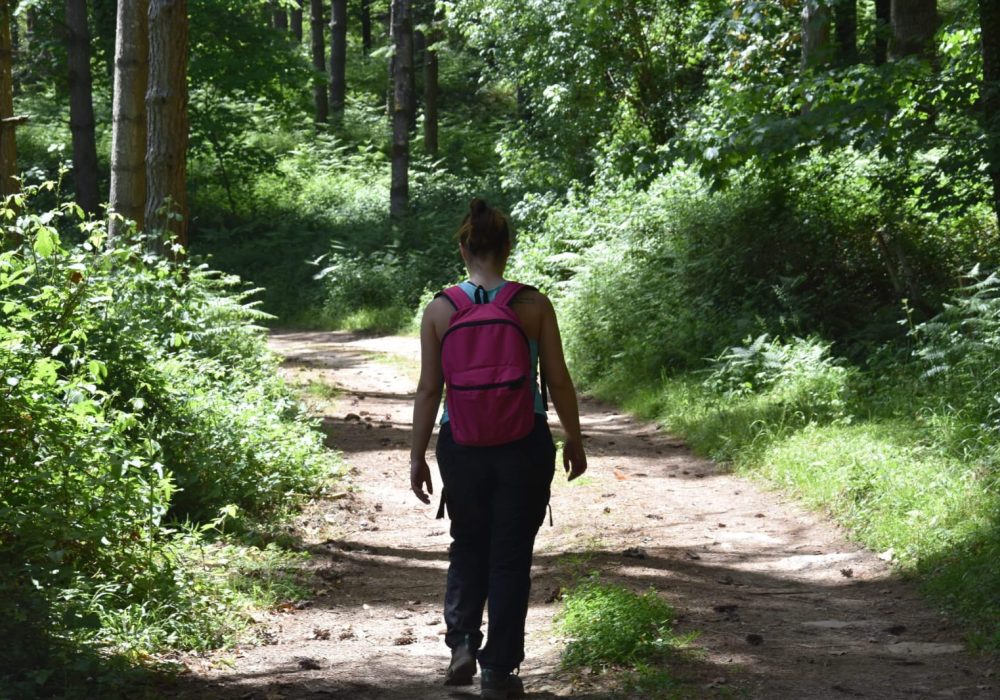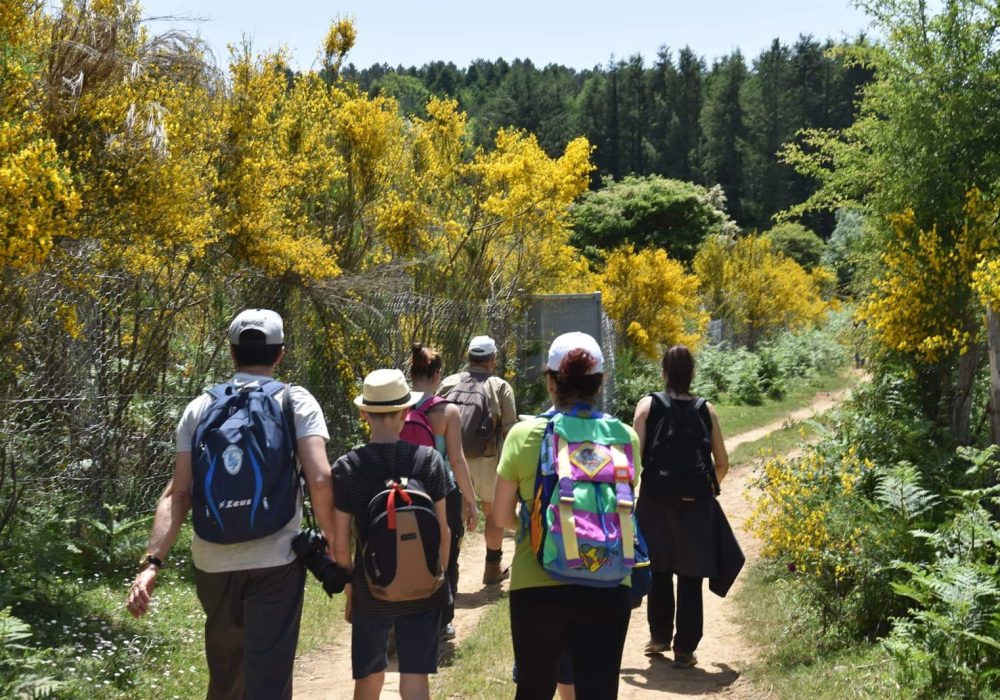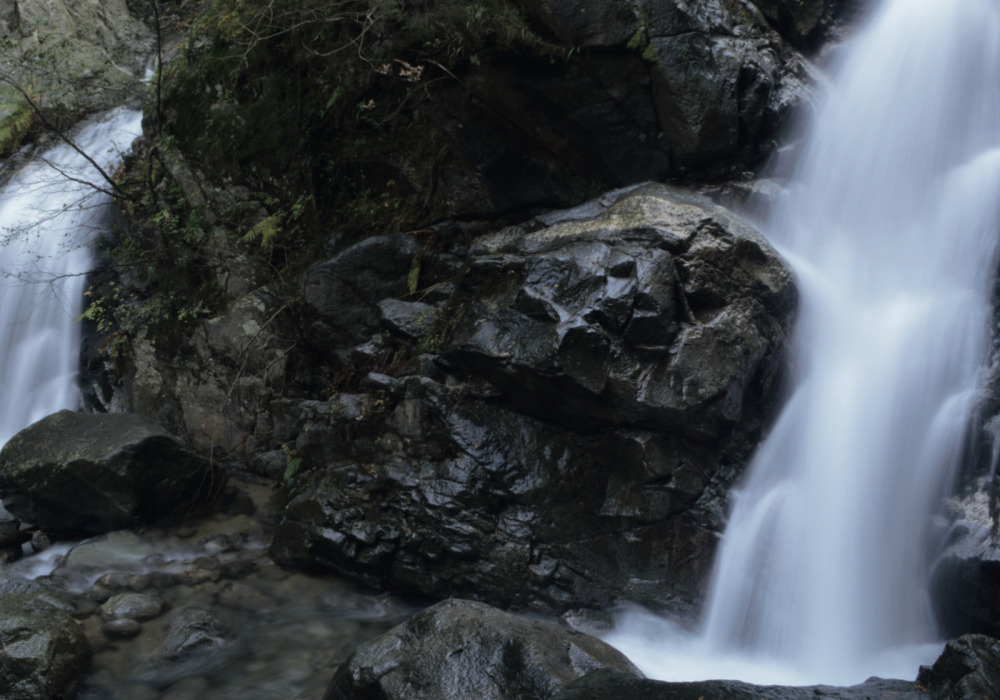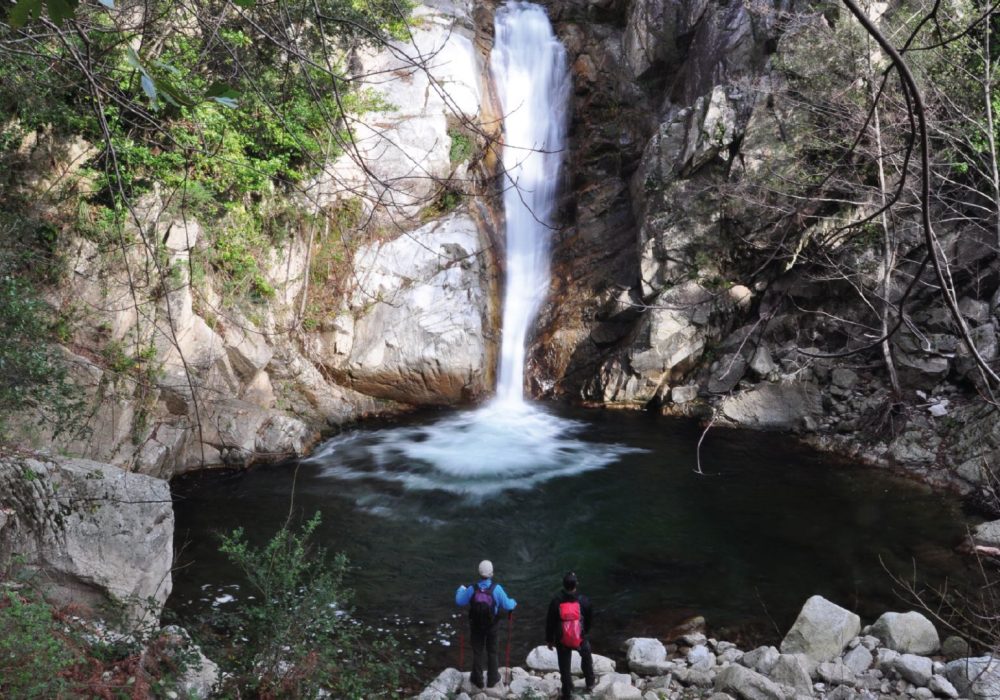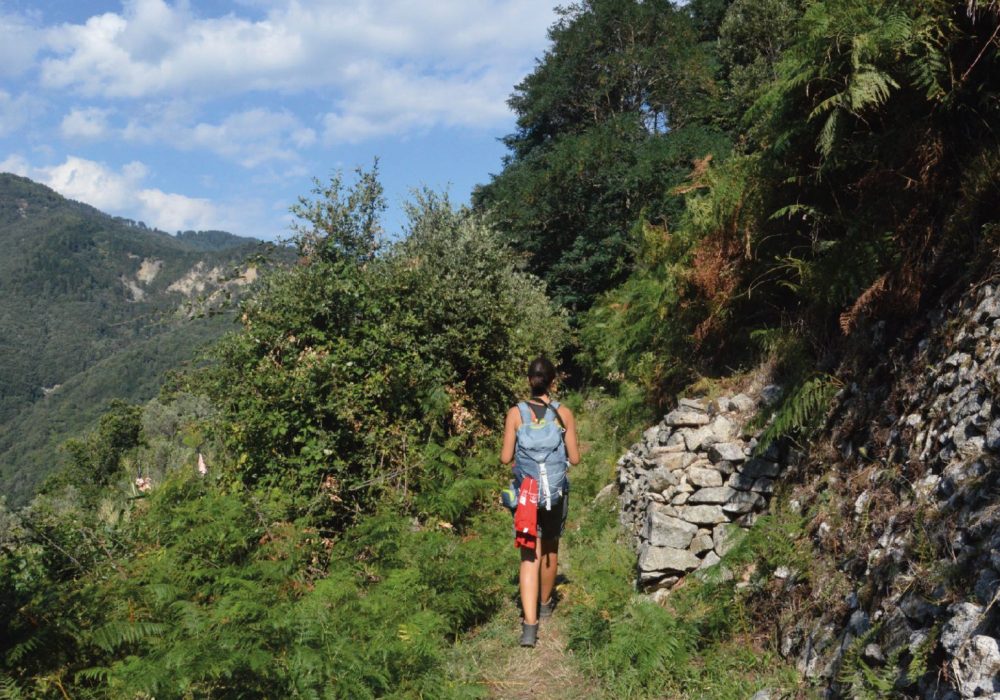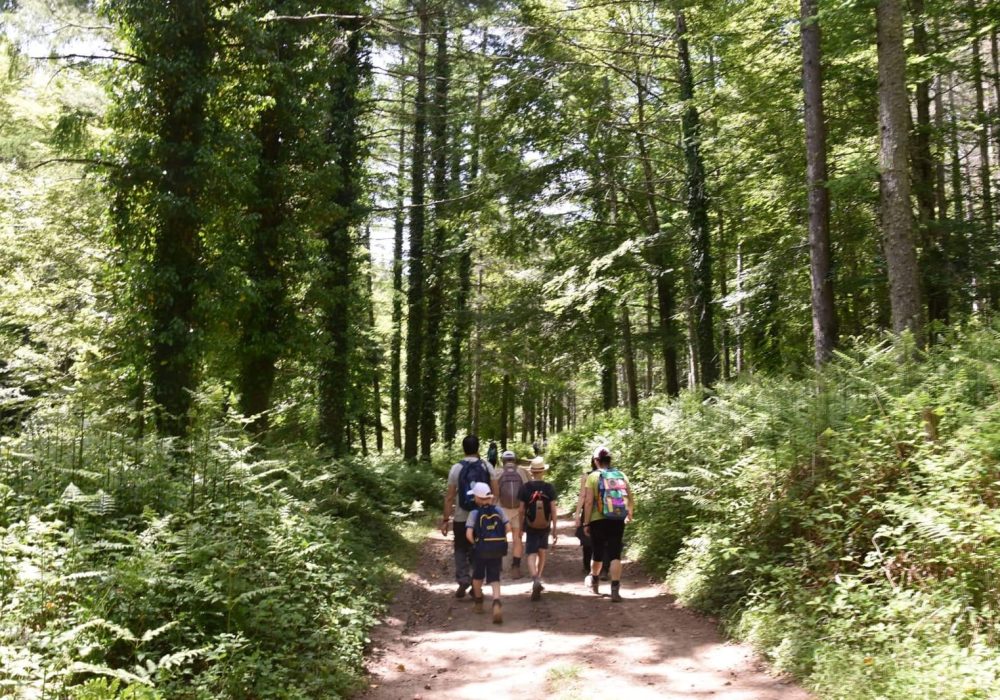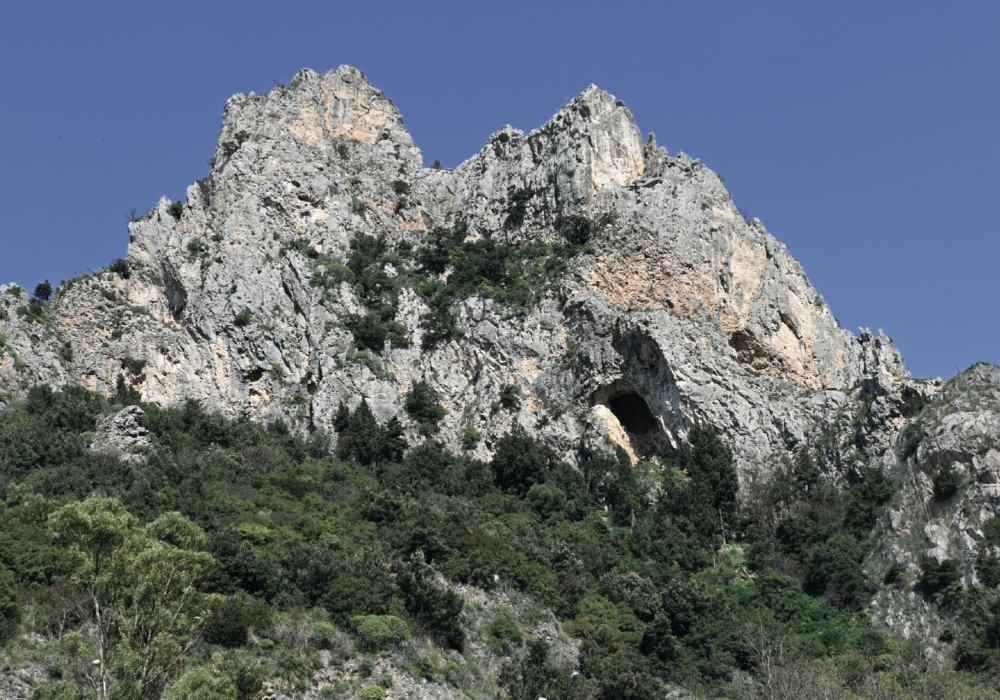Spadola
Many of the local traditions in the Spadola area are linked to the cult of St Nicholas. The feast of St Nicholas in Spadola has a double date, the first Sunday in August and 6 December, and is a time to enjoy the ritual foods that the locals prepare. During the novena on the first Sunday in August, one can eat San Nicola’s chickpeas, cooked according to the customs of a simple cuisine that does not give up flavour. The chickpeas are eaten boiled, seasoned raw with extra virgin olive oil and enriched with hot chilli pepper. They are eaten in public, in the town square, where a large table is set up and where they are distributed by devotees of the saint. The procession of St Nicholas is linked to the ritual of the vaccaredha, with the baking of wheat breads in the shape of a cow, blessed by the priest and distributed to the faithful who lean out of their houses to await the passage of the saint’s statue. The gastronomic tradition is linked to the folkloric custom of having the procession of St Nicholas opened by the ‘massari’, who dragged the previously blessed cows by means of a rope, with the little image of the saint placed between their horns. This is precisely why St Nicholas’ Day was called the feast of the ‘massari’. On the feast day of 6 December, the ritual of distributing food is preserved, but chickpeas are replaced by grits. The dish is prepared with maize, dried in the sun during the summer, which is boiled, seasoned with extra virgin olive oil and offered during the procession. Unrelated to St Nicholas is the cheese game, which takes place in the streets of the village during Carnival time and consists of rolling small wheels, to the set arrival point, with the least number of throws. The church dedicated to St Nicholas, just as a fountain at the beginning of the town is named after the saint, is one of the town’s two places of worship, while the other, which bears the title of Santa Maria sopra Minerva, is also home to the Confraternity of the Seven Sorrows of the Virgin Mary and bears witness to the historical and spiritual link between Spadola and Serra San Bruno also in its façade, which reproduces that of the 18th-century Church of Our Lady of Sorrows in Serra. Spadola, in fact, was one of the territories belonging to the tenimentum and the relative jurisdiction of the Charterhouse of St. Stephen of the Wood.
